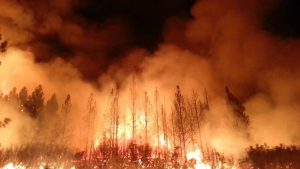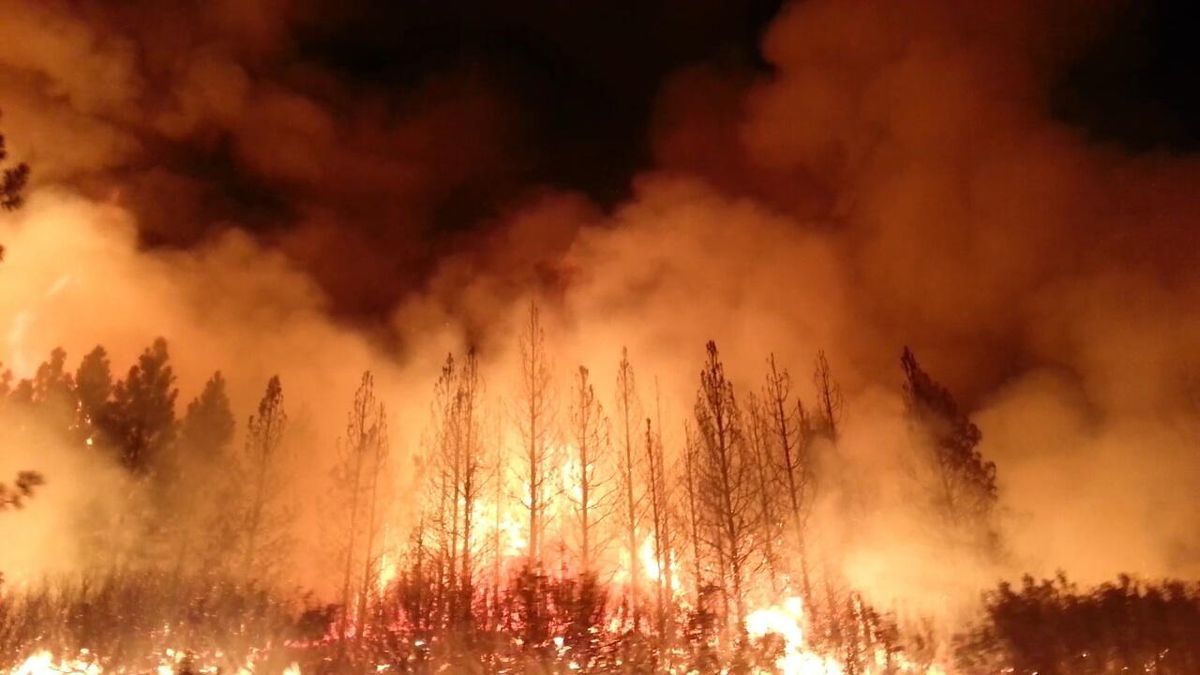As with so many things, Californians are going first where the rest of us will follow
Monday morning dawned smoky across much of California, and it dawned scary – over the weekend winds as high as a hundred miles an hour had whipped wildfires through forests and subdivisions.
It wasn’t the first time this had happened – indeed, it’s happened every year for the last three – and this time the flames were licking against communities destroyed in 2017. Reporters spoke to one family that had moved into their rebuilt home on Saturday, only to be immediately evacuated again.

The spectacle was cinematic: at one point, fire jumped the Carquinez Strait at the end of San Francisco Bay, shrouding the bridge on Interstate 80 in smoke and flame.
Even areas that didn’t actually burn felt the effects: Pacific Gas and Electric turned off power to millions, fearful that when the wind tore down its wires they would spark new conflagrations.
Three years in a row feels like – well, it starts to feel like the new, and impossible, normal. That’s what the local newspaper, the San Francisco Chronicle, implied this morning when, in the middle of its account of the inferno, it included the following sentence: the fires had “intensified fears that parts of California had become almost too dangerous to inhabit”. Read that again: the local paper is on record stating that part of the state is now so risky that its citizens might have to leave.
On the one hand, this comes as no real surprise. My most recent book, Falter, centered on the notion that the climate crisis was making large swaths of the world increasingly off-limits to humans. Cities in Asia and the Middle East where the temperature now reaches the upper 120s – levels so high that the human body can’t really cool itself; island nations (and Florida beaches) where each high tide washes through the living room or the streets; Arctic villages relocating because, with sea ice vanished, the ocean erodes the shore.
Read more: The Guardian




